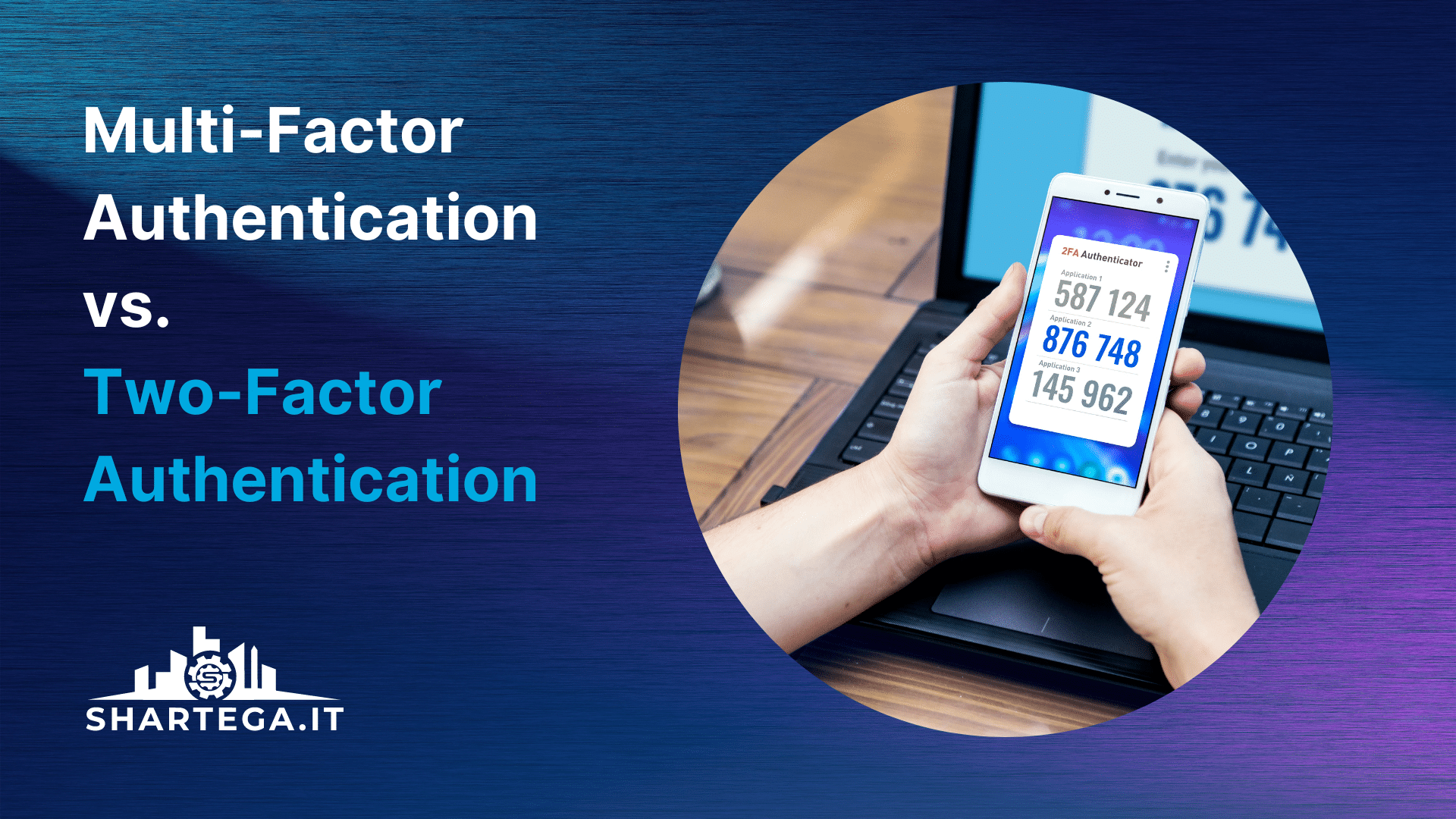2FA (Two-Factor Authentication) and MFA (Multi-Factor Authentication) are two authentication methods that serve as the linchpin in safeguarding sensitive data and ensuring secure access to various online platforms and services.
While they share the common goal of bolstering security protocols, they differ substantially in their approach and application, with each offering a distinct level of protection. Understanding the intricacies of MFA vs. 2FA is critical for individuals and enterprises alike in navigating the perilous waters of the online sphere, and in this article, we delineate the critical aspects of both to empower you with the knowledge to make informed decisions in enhancing your security posture.
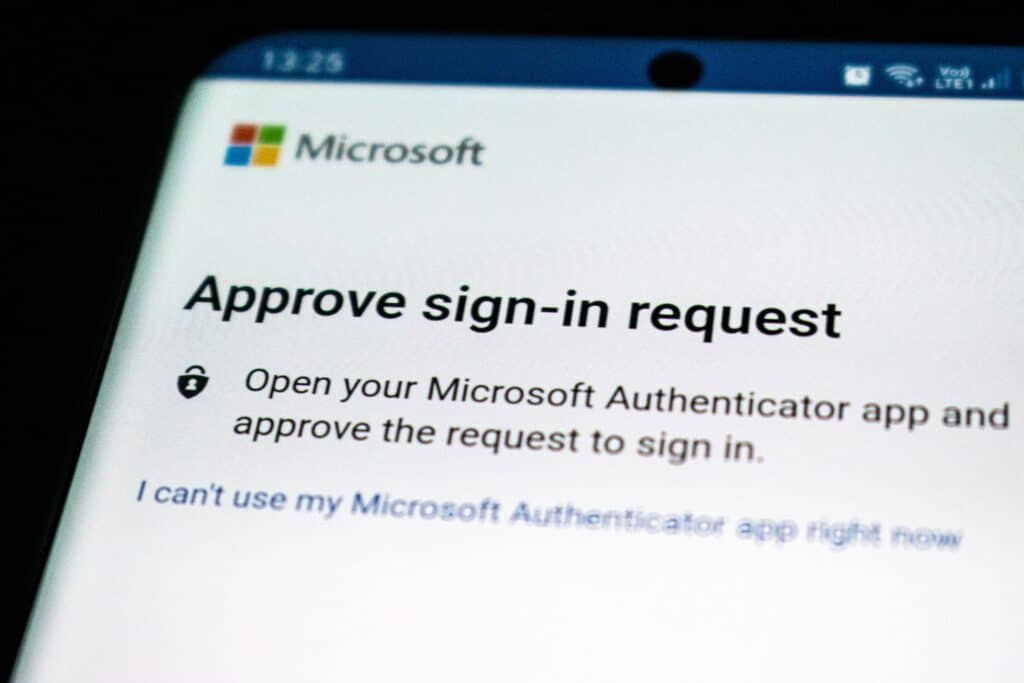
What is Two-Factor Authentication? (2FA)
Two-factor authentication (2FA) is a security protocol that requires users to provide two distinct forms of identification before granting users access to an account or system. This process significantly enhances the security of online platforms, as it necessitates that individuals provide evidence of their identity through two separate channels, such as something they know (like a password or PIN) coupled with something they have (like a smartphone or a hardware token) or something they are (such as a fingerprint or other biometric method).
By employing two-factor authentication, users safeguard themselves against potential unauthorized remote access, elevating the security of their personal data beyond the protection offered by a simple password. This mechanism is designed to ensure that even if one form of authentication is compromised, there is a second barrier to deter malicious access.
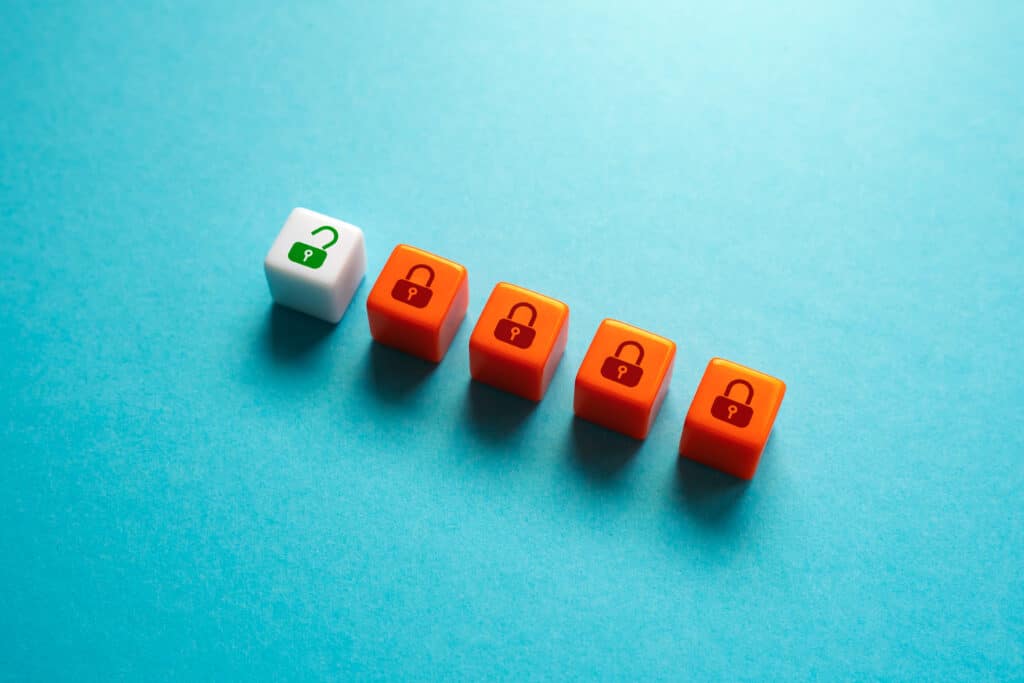
What is Multi-Factor Authentication? (MFA)
Multi-factor authentication (MFA) is a security process that requires users to authenticate themselves through multiple authentication factors before granting access to a specific service, system, or account. This method to authenticate users leverages two or more independent credentials: something they know (like a password), something they have (like a smart card or a mobile device), or something they are (such as a fingerprint or other biometric measurement).
By utilizing multiple layers of authentication, MFA creates a more robust security posture, significantly reducing the likelihood of unauthorized access. This is because even if a cybercriminal gains access to one authentication factor, it is exceedingly difficult to obtain the second factor or third, thereby protecting the user’s data more effectively than single-factor or two-factor authentication strategies. The adoption of MFA is particularly critical in safeguarding sensitive data and high-security environments, given the escalating complexity and frequency of cyber attacks.
MFA vs. 2FA: How Do They Compare?
While 2FA involves the use of exactly two independent factors to verify a user’s identity, MFA extends this principle to incorporate two or more additional factors into such verification methods, which could involve something the user knows, something the user has, or something the user is, such as biometric verification. Essentially, 2FA is a subset of MFA.
Employing a strategy that leverages multiple factors in authentication naturally provides a more robust defense against unauthorized access, as it creates several barriers that a potential intruder must overcome. However, as the number of different authentication factors used increases, it can potentially introduce greater complexity and user friction, making the process more cumbersome.
Consequently, organizations and individuals must strike the right balance to ensure security without sacrificing usability, choosing a method tailored to the sensitivity of the information being protected and the potential risks they face.
Advantages of 2FA
- Enhanced Security – Adds an extra layer of security compared to single-factor authentication, making it more difficult for attackers to gain unauthorized access.
- User-Friendly – While it adds a step to the authentication process, it maintains a reasonable level of user-friendliness, helping to encourage user adoption.
Disadvantages of 2FA
- Potential Vulnerabilities – While more secure than single-factor authentication, it can still be vulnerable to sophisticated cyber-attacks, including phishing and man-in-the-middle attacks.
- Limited Security Upgrade – While it enhances security, it offers a limited upgrade, with only one additional barrier to unauthorized access.
Advantages of MFA
Superior Security – By utilizing three or more factors, it provides a high level of security, making unauthorized access exceedingly difficult.
Flexibility – Can be configured to use a wide array of authentication factors, allowing organizations to tailor the authentication process to their specific needs and the sensitivities of their systems.
Regulatory Compliance – Helps organizations comply with various regulatory requirements that stipulate the use of robust authentication mechanisms.
Disadvantages of MFA
Complexity – The implementation and management of MFA can be complex, requiring substantial time, resources, and expertise.
User Resistance – The increased complexity can lead to user resistance, as the authentication process becomes more cumbersome with each additional factor.
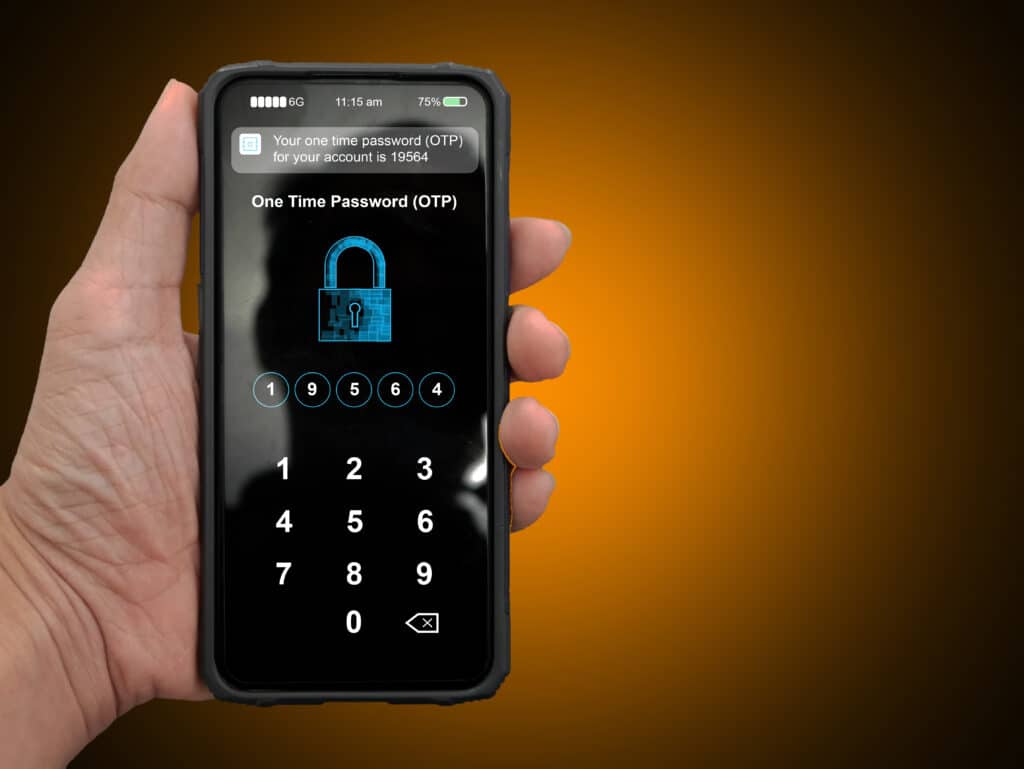
The Four Pillars of Authentication: Unveiling Knowledge, Possession, Inherence, and Context
The verification of an individual’s identity rests on four fundamental authentication factors: knowledge, possession, inherence, and context. These distinct yet interrelated components forge a formidable fortress in safeguarding personal and organizational assets. Let’s delve deeper into each one of these pillars:
Knowledge-Based Authentication
Often deemed the first line of defense, this factor encompasses what the user knows. This knowledge factor could be:
Passwords or PINs: Personalized strings of characters known only to the user.
Security questions: Information that is ostensibly exclusive to the individual, such as the name of their first pet.
Knowledge-based authentication is both prevalent and convenient, but it necessitates robust practices including the frequent updating of passwords to uphold security.
Possession-Based Authentication
This dimension pertains to what physical device the user physically possesses, with common implementations including:
Smart cards: Personalized cards holding user-specific data.
Mobile devices: Leveraging smartphones through SMS verification or authenticator apps.
Security tokens: Hardware that generates a one-time password for authentication.
The possession factor adds a substantial layer of security, protecting the user’s account even in instances where knowledge-based information is compromised.
Inherence-Based Authentication
Also known as biometric authentication, it revolves around the unique physiological or behavioral attributes of an individual, including:
Fingerprint recognition: Utilizing the distinct patterns of a user’s fingerprint for verification.
Facial recognition: Leveraging facial features to authenticate an individual.
Voice recognition: Employing voice patterns as a security measure.
Inherence authentication offers a high security level, providing a seamless yet secure access method grounded on the individual’s unique characteristics.
Context-Based Authentication
Emerging as a sophisticated method, this second authentication factor takes into account the context or circumstances during the authentication process:
Geolocation: Restricting access based on the geographical location of the user.
Time of access: Analyzing the time at which access is requested to flag any unusual patterns.
Behavioral analytics: Utilizing user behavior analytics to detect any anomalies in the usage patterns.
Context-based authentication plays a pivotal role in modern security frameworks, introducing an adaptive approach to authentication that responds dynamically to varying contexts.

Why Single Factor Authentication Falls Short
Traditionally, many online platforms and services have relied on single-factor authentication (SFA), usually encompassing a username and a password, to secure user accounts. However, with cyber-attacks becoming increasingly sophisticated, it is apparent that SFA no longer offers robust enough security. Below we delineate why shifting from SFA to multi-factor authentication (MFA) or two-factor authentication (2FA) is crucial.
The Fallibility of Passwords
SFA hinges predominantly on passwords, which are susceptible to a wide range of attacks including brute force attacks, dictionary attacks, and phishing scams. Over the years, countless individuals and organizations have fallen prey to these tactics, experiencing data breaches and financial losses.
Human Error and Password Hygiene
Often, the weakest link in the security chain is the user. Many users recycle weak passwords across multiple platforms, use easily guessable passwords, or inadvertently share passwords with others. This human element introduces a significant vulnerability in SFA systems, as it amplifies the potential for unauthorized access.
The Rise in Identity Theft
In recent years, there has been a marked increase in identity theft cases. Cybercriminals have become adept at mining personal details from various sources to impersonate others successfully. Single-factor authentication, with its sole reliance on something you know, fails to counter identity theft effectively as it offers a single line of defense that can be easily breached once the requisite information is acquired.
Leveraging Biometrics and Physical Devices
Implementing 2FA or MFA allows for the utilization of biometrics (such as fingerprints and facial recognition) and physical devices (like smartphones and hardware tokens) in the authentication process. These elements are much harder to replicate or steal compared to passwords, offering a substantially higher level of security.
Regulatory Compliance
A growing number of industries and regions are stipulating the use of MFA or 2FA to comply with regulatory requirements designed to protect consumer data. Shifting to these more secure authentication methods helps in meeting these regulatory mandates, avoiding potential fines, and enhancing customer trust.
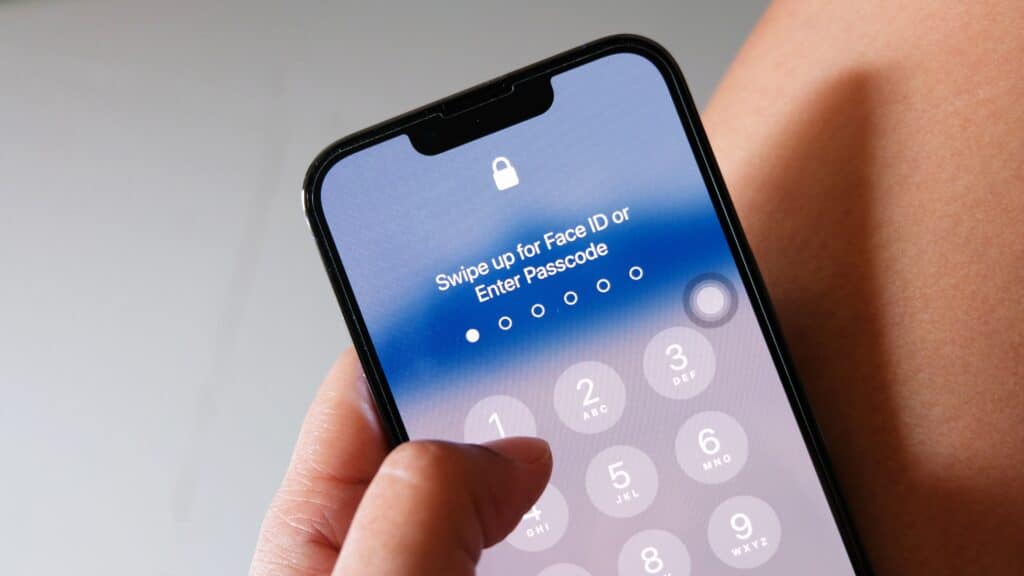
Conclusion
Both two-factor authentication (2FA) and multi-factor authentication (MFA) stand as formidable guardians in the cybersecurity realm, each offering layers of security designed to thwart unauthorized access and protect valuable data.
Choosing between 2FA and MFA boils down to a meticulous assessment of your individual or organizational needs, the value of the assets you are protecting, and the user experience you aim to provide.
While 2FA offers a substantial uplift in security with relatively simple implementation, MFA takes protection a notch higher, leveraging a variety of authentication factors to construct a virtually impregnable security fortress, albeit with a potentially more complex setup and user process.

